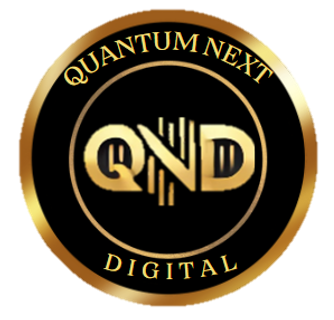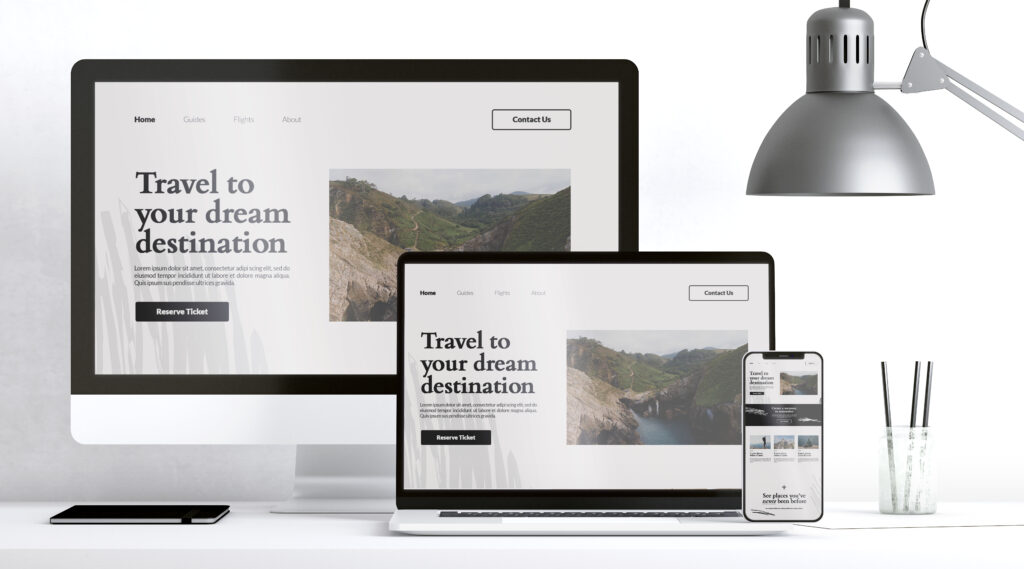
Menu
How to Build a High Converting Landing Page
Introduction
A landing page is one of the most critical tools in digital marketing, designed with one specific goal: to convert visitors into leads or customers. Whether you’re encouraging sign-ups, downloads, or purchases, an effective landing page can make all the difference in turning casual visitors into loyal customers. This blog explores the essential elements of a landing page that consistently drives conversions, from design and content to optimization through A/B testing.
The Anatomy of a High – Converting Landing Page
To create a landing page that converts, every element should work together to guide visitors toward your goal. The layout, messaging, and design must all be aligned to ensure a smooth, distraction-free experience. Here are the key components that make a landing page successful:
1. A Headline That Grabs Attention
The headline is the first thing visitors see when they arrive on your landing page, so it needs to be clear, concise, and compelling. It should instantly communicate the value of your offer, giving visitors a reason to stay on the page and explore further. A good headline answers the question, “What’s in it for me?” and leaves no doubt about what your page is offering.
For example, instead of a generic headline like “Get Started Today,” a more powerful headline could be, “Unlock Exclusive Discounts—Sign Up Now!” The more specific and benefit-driven the headline, the more likely it will resonate with your audience.
2. A Strong Call-to-Action (CTA)
The call-to-action (CTA) is the most crucial element of your landing page because it tells visitors what action to take next. A bold, unmissable CTA button with action-oriented text—such as “Sign Up Now,” “Get Your Free Trial,” or “Buy Today”—guides users toward conversion. The CTA should stand out visually and be placed prominently on the page to catch visitors’ attention.
Use contrasting colors to make the button pop, and ensure that the CTA text is clear and aligned with the user’s intent. For example, if you’re offering a free eBook, your CTA might say “Download Now” to convey immediacy and value.
3. Simple, Focused Design
The design of your landing page should be clean and minimalistic, with a focus on driving the visitor to your CTA. Distractions like navigation menus, multiple CTAs, or unnecessary links should be eliminated to keep the user’s attention on the primary goal. A clutter-free design ensures that your message is clear and that the visitor’s path to conversion is straightforward.
Use plenty of white space, and make sure that any visual elements—such as images, icons, or videos—enhance the user experience rather than detract from it. Your design should reinforce your message and make it easy for visitors to take the desired action.
4. Trust Signals and Social Proof
Trust signals like testimonials, reviews, or recognizable logos can help build credibility and increase conversion rates. Social proof shows visitors that others have already benefited from your offer, which makes them more likely to take action. Including a few customer testimonials or mentioning how many people have already signed up can reassure potential customers that your offer is legitimate and valuable.

A/B Testing for Optimization
